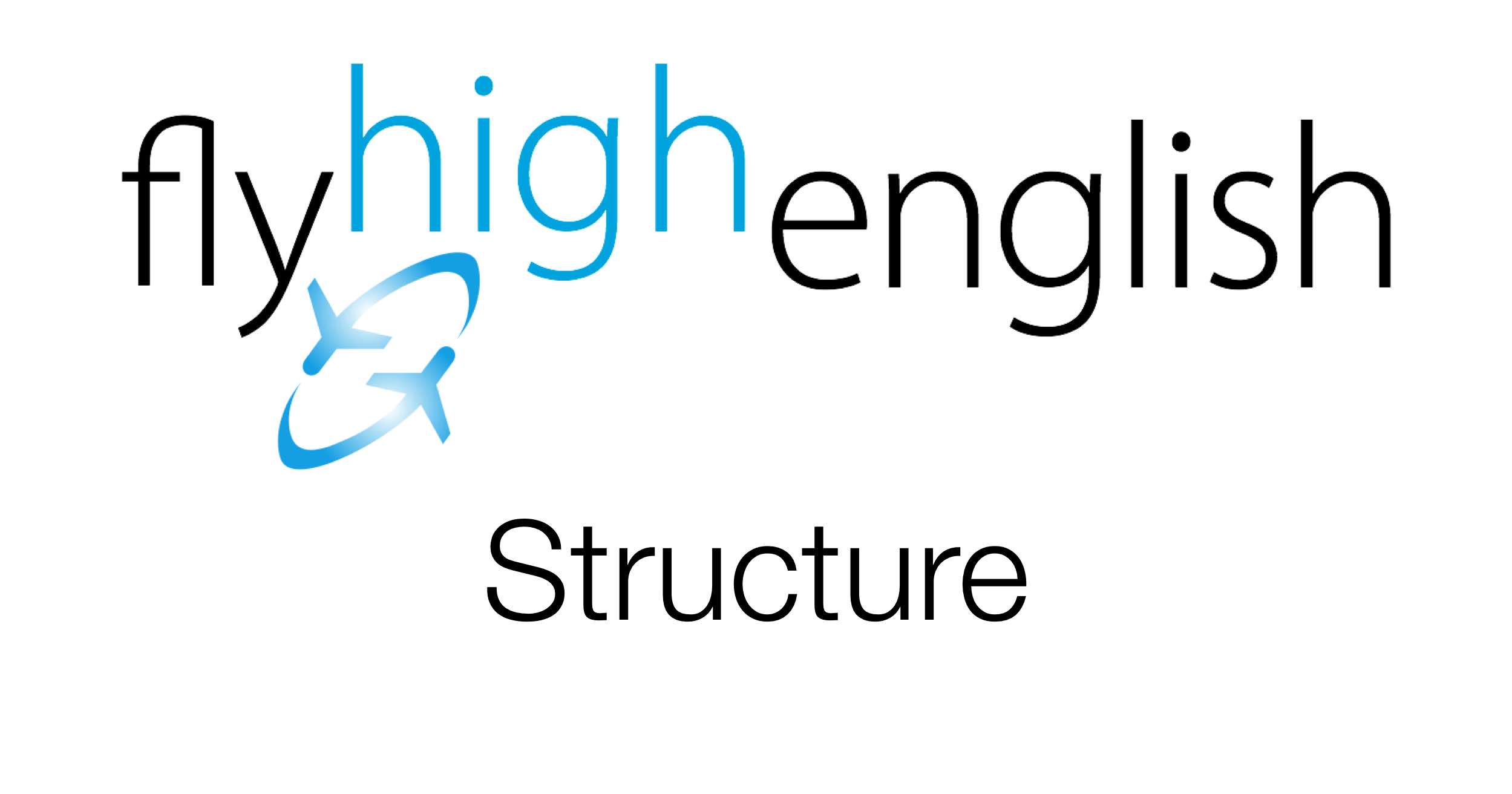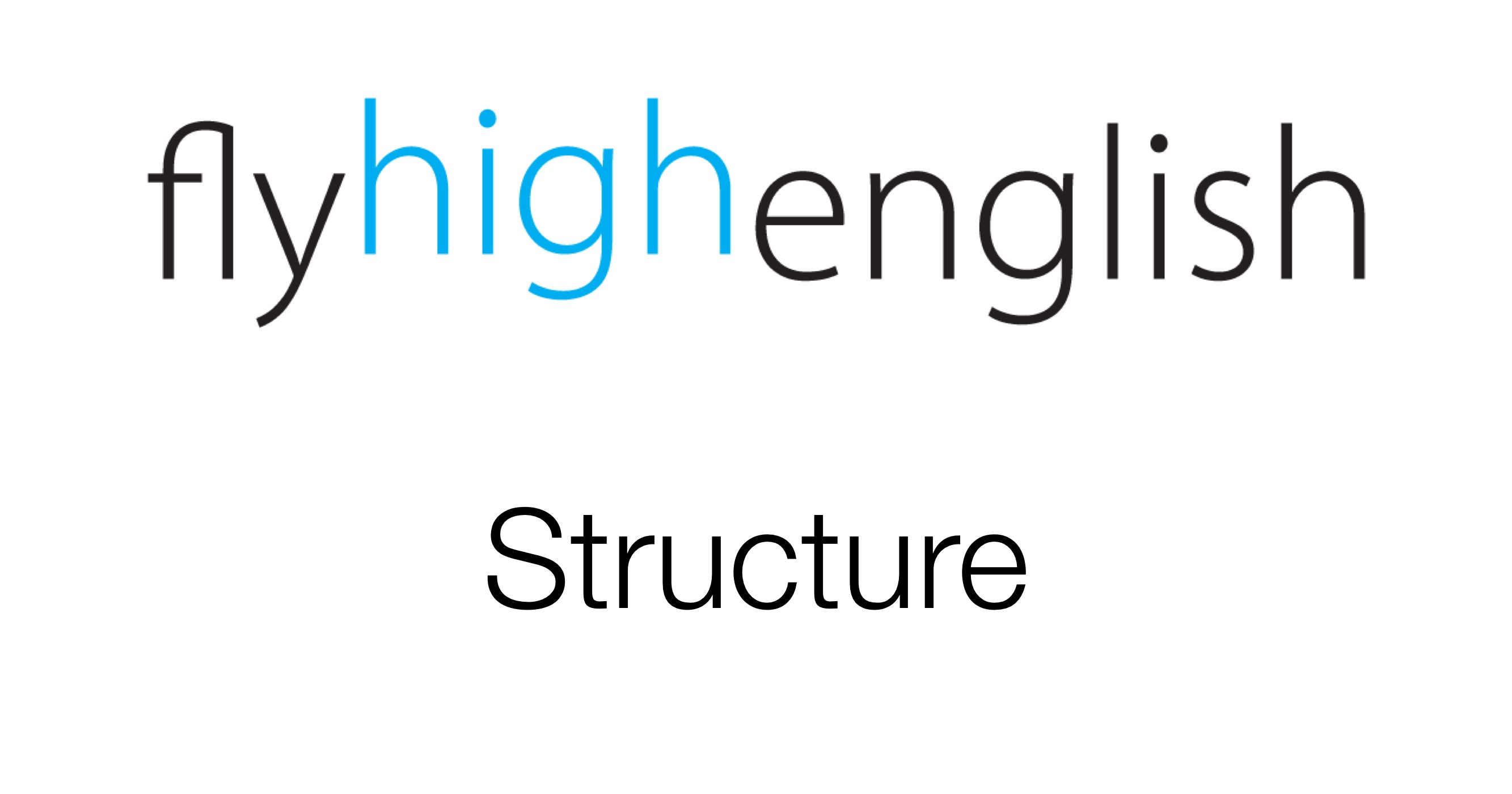
Using relative clauses
In relative clauses 1 we looked at some of the basics of relative clauses. This time we’ll discuss another issue with them.
In some relative clauses it’s not necessary to use who, which, or that. You can use it if you want but you don’t have to. Let’s look at a couple of examples where it’s not necessary to use who and which.
The person (who) you met works for Emirates.
The book (which) you bought is expensive.
In these two examples we don’t have to use who and which. But how can we discover when we have to use who, which (or that) and we don’t have to? It depends on whether who, which (or that) is the subject or object of the verb. Very briefly, the subject of a sentence is the person or thing that performs an action. The object of a sentence is affected by the action. Look at the diagram below for more information.
As we can see, he performs the action and the plane is affected by the action (it is flown). Now let’s consider our examples above.
The person (who) you met works for Emirates.
In this sentence you met the person, so ‘you’ is the subject and ‘a person’ is the object is the verb ‘met’. Our rule is that if who, which (or that) is the object of our verb, then we don’t have to use it. Let’s look at our second example from above.
The book (which) you bought is expensive.
In this sentence you bought the book, so ‘you’ is the subject (‘you’ performed the action) of the verb and ‘the book’ is the object of our verb, then once again we don’t have to use which. To fully understand this idea about the subject and object of a verb can take time, so if you’re not sure it’s perfectly correct to use who, which (or that) all the time in relative clauses. When you become more comfortable with subjects and objects of verbs you can decide whether or not to use who, which (or that) in relative clauses.
Now try to write some examples of your own to help clarify when you don’t have to use who, which (or that).
Follow us on Twitter here or Facebook here for more great content!



